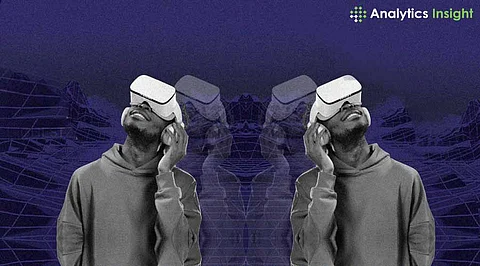

Apple's commitment to innovation has consistently pushed the boundaries of technology, seamlessly integrating advanced features into its product lineup. The company's latest endeavor involves embedding cameras into devices traditionally devoid of such components, notably the Apple Watch and AirPods. This strategic move aims to harness artificial intelligence (AI) to deliver enhanced user experiences, marking a significant evolution in personal technology.
Recent reports indicate that Apple is actively developing Apple Watch models equipped with built-in cameras. According to Bloomberg's Mark Gurman, these cameras are expected to be integrated within the display of standard Apple Watch Series models, while the Apple Watch Ultra may feature a camera adjacent to the digital crown and side button. This integration is designed to facilitate advanced AI functionalities, enabling the watch to perceive and interpret the external environment, thereby providing users with relevant information and services.
The incorporation of cameras into the Apple Watch aligns with the broader initiative to enhance the device's utility beyond fitness tracking and notifications. By leveraging visual data, the watch can offer features such as object recognition, augmented reality (AR) interactions, and more personalized user experiences. This development signifies a shift towards more intelligent wearables capable of understanding and responding to their surroundings.
In addition to the Apple Watch, Apple is reportedly working on integrating cameras into future versions of AirPods. This initiative aims to utilize external cameras in conjunction with AI to interpret the user's environment and deliver contextual information. Such functionality could allow users to receive real-time updates about their surroundings, access navigation assistance, or engage with AR content without relying solely on visual displays.
The concept involves AirPods equipped with outward-facing cameras that capture environmental data. AI algorithms would process this information to provide auditory feedback, effectively enabling users to interact with their surroundings through sound. This approach represents a novel intersection of audio technology and visual intelligence, potentially redefining how users engage with both digital content and the physical world.
Apple's venture into integrating cameras and AI extends to its spatial computing device, the Apple Vision Pro. Introduced as a revolutionary spatial computer, the Vision Pro blends digital content with the physical environment, offering users an immersive experience. Equipped with advanced sensors and cameras, it enables intuitive control through eye movements, hand gestures, and voice commands.
The Vision Pro serves as a testament to Apple's commitment to spatial computing, where devices understand and interact with the physical space around them. The integration of AI capabilities, such as Writing Tools, Image Playground, and Genmoji, further enhances the device's functionality, allowing users to engage with content in innovative ways.
While the integration of cameras into devices like the Apple Watch and AirPods presents exciting possibilities, it also introduces several challenges. Privacy concerns are paramount, as users may be apprehensive about devices with always-on cameras. Apple's emphasis on on-device processing and privacy-focused AI aims to mitigate such concerns by ensuring that data is processed locally without being transmitted to external servers.
Technical hurdles include miniaturizing camera components to fit within the compact form factors of wearables without compromising battery life or device aesthetics. Ensuring seamless integration that complements the user experience without adding complexity is crucial for the adoption of such features.
Apple's initiative to embed cameras into wearables reflects a broader trend in the tech industry toward more intelligent and context-aware devices. By leveraging AI and visual data, these devices can offer personalized experiences that adapt to the user's environment and preferences.
The successful implementation of these features could set new standards for wearables, prompting competitors to explore similar integrations. As AI continues to evolve, the potential applications for camera-equipped wearables are vast, ranging from health monitoring and fitness tracking to immersive AR experiences and beyond.
Apple's vision of integrating cameras into devices like the Apple Watch and AirPods signifies a strategic move toward more intelligent and responsive wearables. By harnessing AI and visual intelligence, these devices aim to provide users with enriched experiences that seamlessly blend the digital and physical worlds. As these developments progress, they hold the potential to redefine personal technology and set new benchmarks in the industry.
